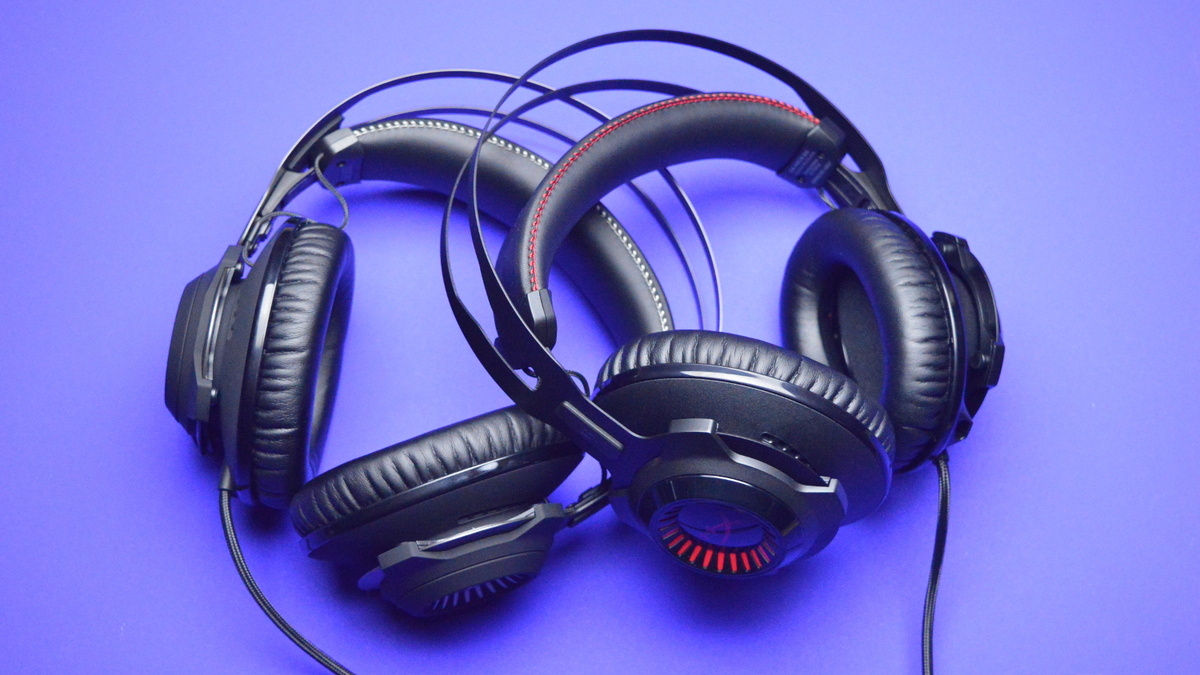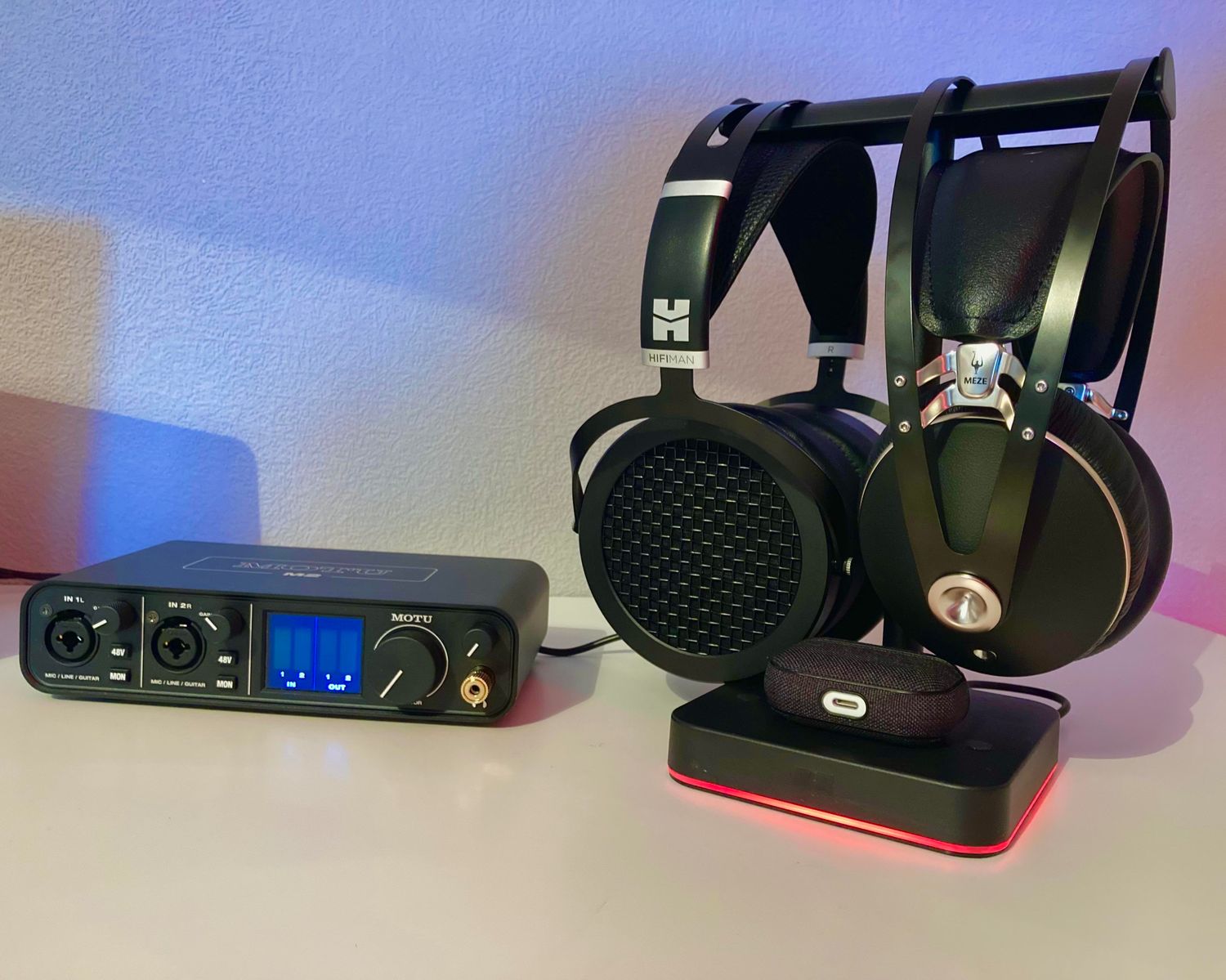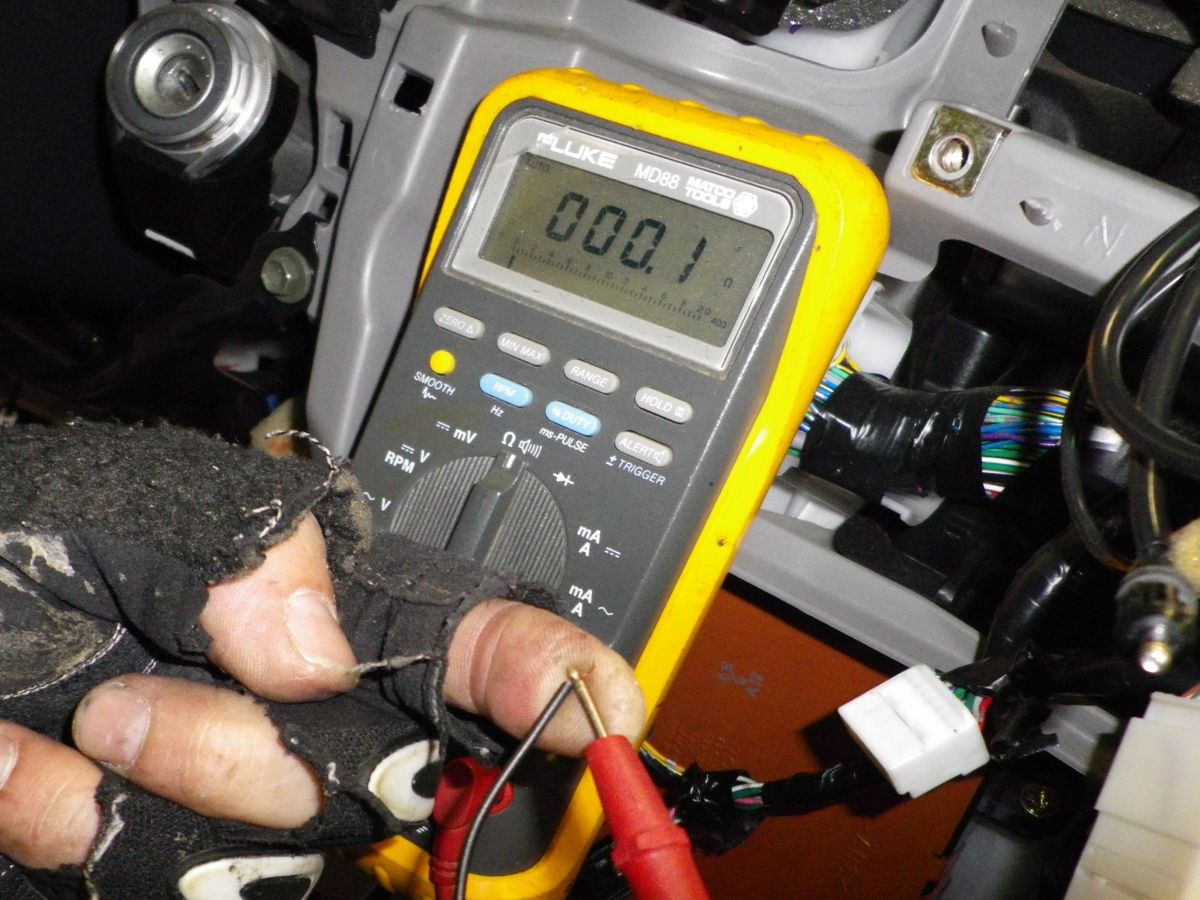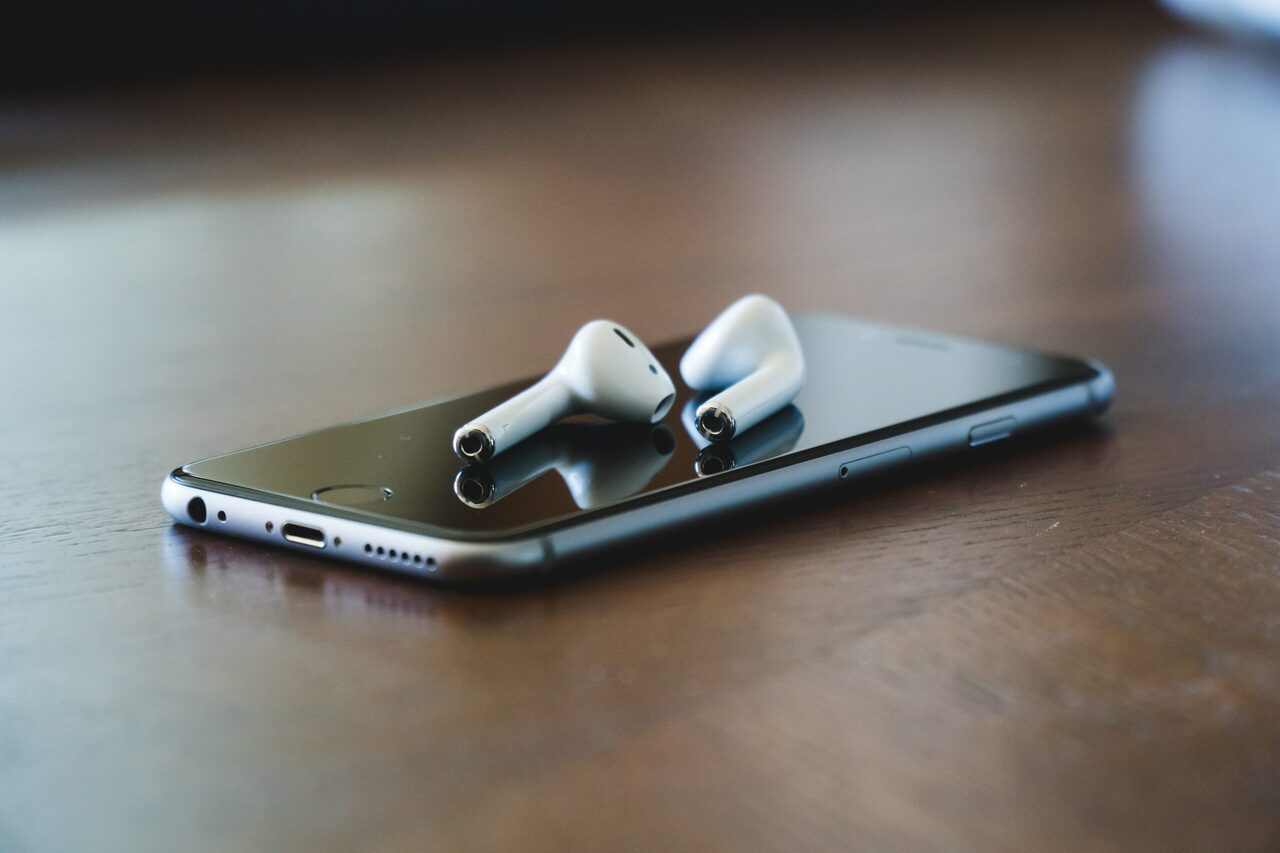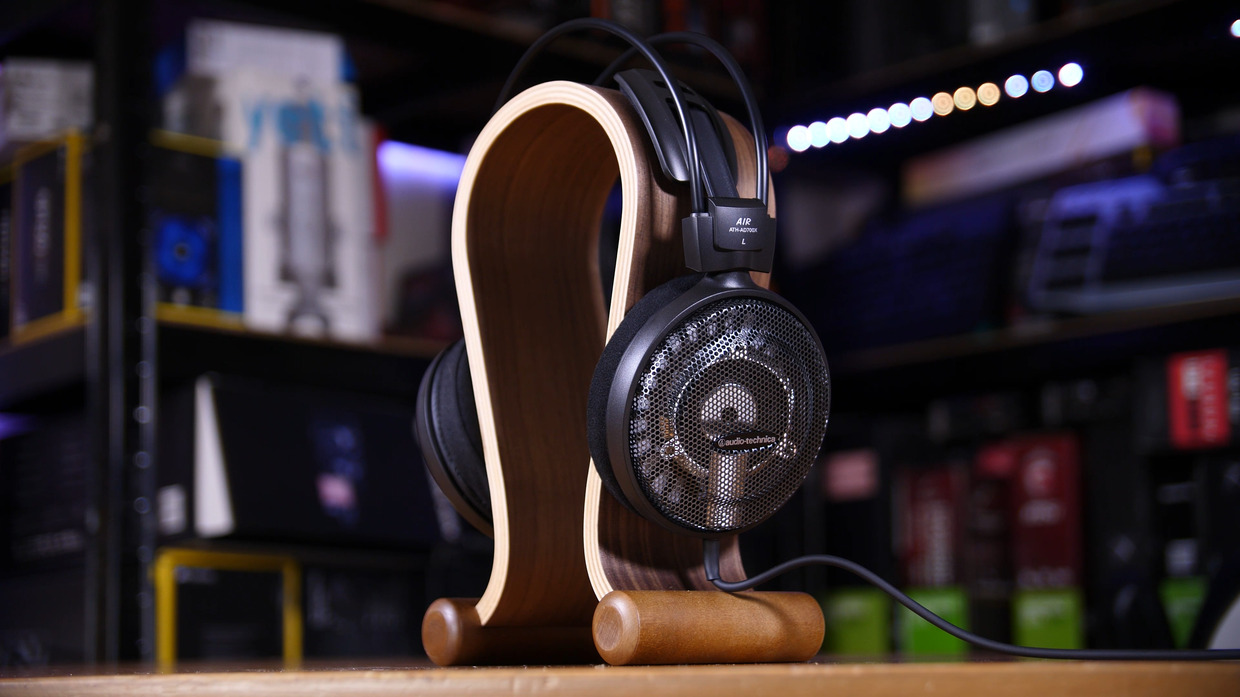Home>Production & Technology>Audiophile>How To Test Audiophile Headphones
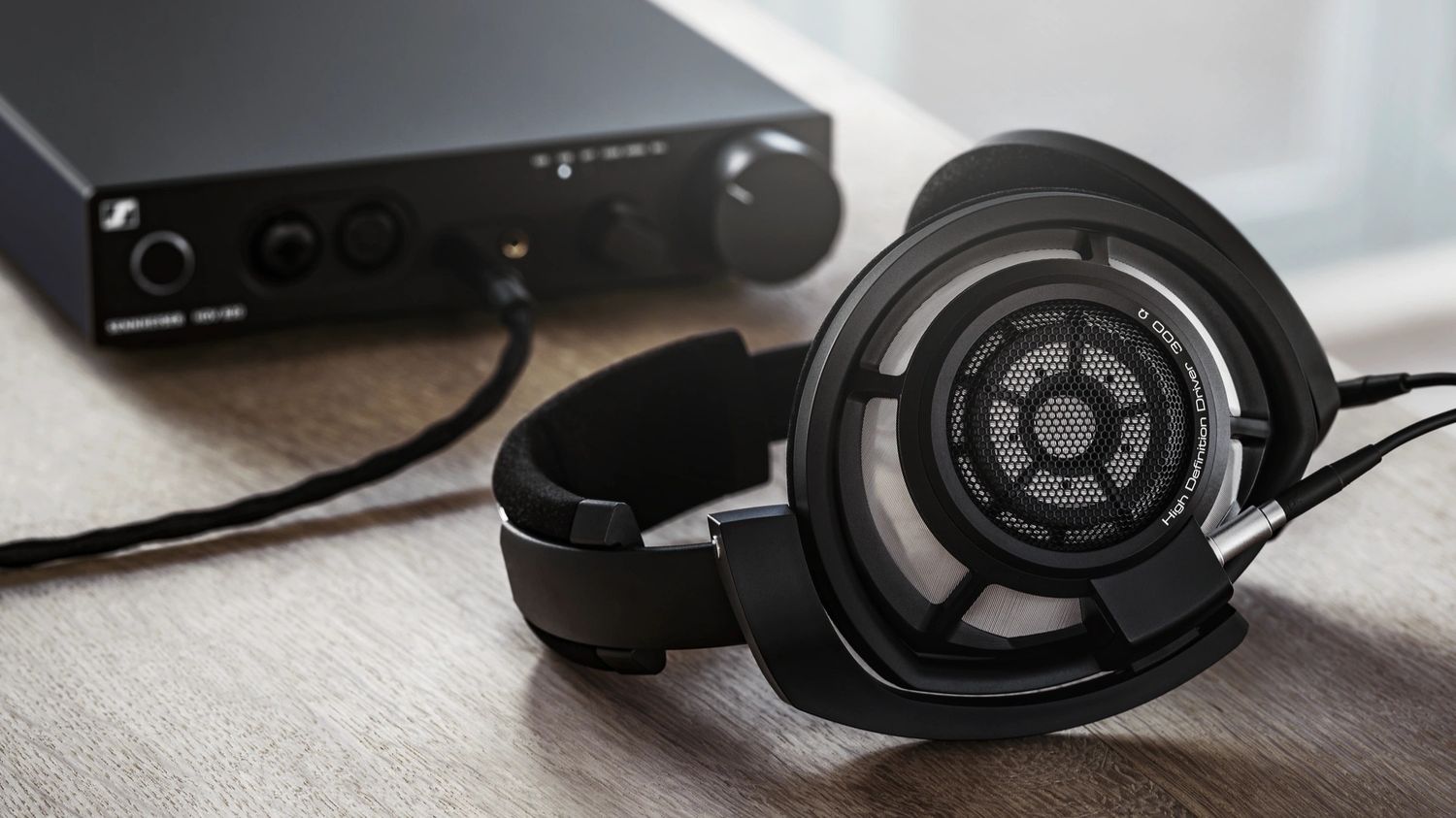

Audiophile
How To Test Audiophile Headphones
Modified: February 18, 2024
Learn how to test audiophile headphones and get the best audio experience. Expert tips and techniques to ensure superior sound quality.
(Many of the links in this article redirect to a specific reviewed product. Your purchase of these products through affiliate links helps to generate commission for AudioLover.com, at no extra cost. Learn more)
Table of Contents
Introduction
When it comes to enjoying music or immersing yourself in the world of audio, having a quality pair of headphones is essential. Audiophile headphones are designed to deliver exceptional sound quality, offering a listening experience that is detailed, accurate, and immersive. But how do you know if a pair of headphones truly lives up to its audiophile status?
In this article, we will guide you through the process of testing audiophile headphones. Whether you’re a seasoned audiophile or a budding enthusiast, understanding how to evaluate headphones will help you make informed decisions and find the perfect pair.
Testing audiophile headphones involves analyzing various aspects of their performance, including frequency response, soundstage, accuracy, distortion, impedance, and comfort. By assessing these aspects, you can gain valuable insights into the headphones’ capabilities and sonic characteristics.
To perform accurate tests, it’s important to have the appropriate testing equipment, including audio measurement tools, a high-quality audio source, and various test tracks. This ensures that you can accurately evaluate the headphones’ performance and make informed comparisons between different models.
Throughout this article, we will delve into each aspect of testing audiophile headphones, providing you with step-by-step instructions and expert tips. Whether you’re a music enthusiast, a professional audio engineer, or simply someone looking for the best audio experience, this guide will help you navigate the world of audiophile headphones and choose the right pair that meets your needs.
So, if you’re ready to plunge into the world of audiophile headphones and uncover the secrets of their performance, let’s get started!
Understanding Audiophile Headphones
Audiophile headphones are designed with one primary goal in mind – to deliver the highest level of audio fidelity and quality possible. Unlike regular headphones, which may prioritize convenience or style, audiophile headphones are engineered to reproduce sound with exceptional accuracy and detail.
What sets audiophile headphones apart is their commitment to reproducing sound as faithfully as possible. They are built using high-quality components, such as premium drivers, robust enclosures, and superior materials, all aimed at minimizing distortion and maximizing the audio performance.
One of the key characteristics of audiophile headphones is their ability to reproduce a wide frequency range. They are capable of handling both low and high frequencies with precision, ensuring that every nuance of the music is faithfully reproduced. This results in a more immersive and detailed listening experience.
In addition to frequency response, soundstage and imaging are crucial factors in audiophile headphones. Soundstage refers to the perceived spatial representation of sound, while imaging relates to the accuracy and precision of sound placement within the soundstage. A good pair of audiophile headphones will provide a wide and expansive soundstage with precise imaging, creating a realistic and three-dimensional audio experience.
Accuracy in sound reproduction is another hallmark of audiophile headphones. They strive to reproduce sound as close to the original recording as possible, ensuring that no details are lost in the process. This level of accuracy allows listeners to hear subtle nuances in the music and experience a more immersive and lifelike sound.
Comfort is also an important consideration for audiophile headphones. Since they are designed for extended listening sessions, they often incorporate ergonomic designs, cushioned ear cups, and adjustable headbands to provide a comfortable fit. This allows listeners to enjoy their favorite music for hours without discomfort.
By understanding the unique characteristics of audiophile headphones, you can better appreciate their superior audio quality and make informed decisions when selecting a pair. In the following sections, we will delve deeper into how to test and evaluate these headphones, ensuring that you find the perfect pair that meets your discerning audio needs.
Choosing the Right Testing Equipment
Testing audiophile headphones requires the use of specific equipment to accurately evaluate their performance. Here are the key components you’ll need:
- Audio Measurement Tools: To assess the frequency response, distortion levels, and impedance of the headphones, you’ll need specialized audio measurement tools. These tools can include an audio interface, a calibrated microphone, and audio measurement software. These tools allow you to objectively measure and analyze the performance of the headphones.
- High-Quality Audio Source: It’s important to use a high-quality audio source when testing audiophile headphones. This ensures that the headphones are not limited by the audio quality of the source material. High-resolution audio files or lossless formats, such as FLAC, are recommended for accurate testing.
- Test Tracks: Having a selection of test tracks that cover different genres and showcase various aspects of audio performance is essential. These tracks can include music with a wide dynamic range, intricate instrumentations, and spatial effects. They will help you evaluate the headphones’ ability to handle different types of music and reveal any shortcomings in their performance.
- Comfort and Fit Assessment Tools: Since comfort is an important aspect of audiophile headphones, you may also want to consider tools that can help you evaluate the comfort and fit. This can include measuring headband pressure, assessing ear cup size and shape, and gauging the weight distribution of the headphones.
When selecting your testing equipment, keep in mind your specific needs and budget. Aim for tools that provide accurate and reliable measurements while catering to the specific aspects you wish to evaluate in headphones.
It’s worth noting that while specialized testing equipment can provide objective measurements, your subjective experience as a listener is equally important. Ultimately, the goal is to find a balance between objective data and personal preference when selecting audiophile headphones.
Now that you understand the essential equipment required for testing audiophile headphones, we can move on to the specific aspects you need to evaluate to determine the quality and performance of these headphones.
Testing Frequency Response
Frequency response is a critical aspect to consider when testing audiophile headphones as it determines the headphones’ ability to reproduce different frequencies accurately. It refers to the range of frequencies that the headphones can reproduce and how evenly they represent each frequency.
To test the frequency response, you need to measure the sound level of different frequencies across the audible spectrum. This can be done using audio measurement software in conjunction with a calibrated microphone. Play a set of test tones covering the full frequency range, typically from 20 Hz to 20 kHz, and record the headphone’s response at each frequency.
The ideal frequency response for audiophile headphones is a flat or neutral response. This means that the headphones reproduce each frequency equally, without any emphasis or attenuation. A flat frequency response ensures that the audio is reproduced as intended, allowing for an accurate and faithful representation of the original sound recording.
However, it’s worth noting that personal preference plays a role in selecting headphones with the desired frequency response. Some listeners prefer a slightly boosted bass or accentuated treble, which can enhance the listening experience for certain genres of music. It’s important to find a balance between a flat response and personal preference.
When evaluating frequency response, pay attention to any significant deviations from the desired flat response. Peaks or dips at certain frequencies can affect the overall tonal balance and impact the accuracy of the sound reproduction. Look for smooth and even frequency response across the audible spectrum for the most accurate and balanced sound reproduction.
Remember that frequency response is just one aspect of evaluating audiophile headphones. While a flat frequency response is generally desired, it’s essential to consider other factors like soundstage, detail, and accuracy when choosing the right headphones for your specific listening preferences.
Now that we’ve covered frequency response testing, let’s move on to the evaluation of soundstage and imaging.
Evaluating Soundstage and Imaging
Soundstage and imaging are crucial elements to consider when testing audiophile headphones as they contribute to creating a realistic and immersive listening experience. Soundstage refers to the perceived spatial representation of sound, while imaging relates to the accuracy and precision of sound placement within the soundstage.
To evaluate the soundstage, listen to various audio recordings that feature a wide range of spatial information. This can include orchestral performances, live concert recordings, or recordings with intricate instrument placements. Pay attention to the sense of space and depth, as well as the perceived distance between different elements of the audio.
Ideally, audiophile headphones should offer a wide and expansive soundstage, giving the impression of a three-dimensional audio environment. The soundstage should have depth, allowing you to accurately perceive the distance between instruments or sound sources. It should also have width, creating a sense of spaciousness and separation between different audio elements.
Imaging refers to the precise localization and placement of sound sources within the soundstage. Good imaging allows you to pinpoint the exact location of instruments and sounds, giving you a more realistic and immersive listening experience. The headphones should accurately reproduce the intended positioning of instruments, vocals, and other audio elements as recorded.
When testing the soundstage and imaging, listen for instruments and sounds that are well-separated and distinct from one another. Instruments should not sound congested or muddled, and individual sounds should have clarity and separation. A well-implemented soundstage and imaging will provide a sense of airiness and realism to the audio, allowing you to feel like you’re in a live performance or studio recording.
It’s important to note that the perceived soundstage and imaging can also be influenced by the audio recording itself. Certain recordings may have limitations in terms of soundstage and imaging information, and these limitations will be apparent regardless of the headphones being used. However, a good pair of audiophile headphones will be able to maximize the potential of the recording and faithfully reproduce the spatial information.
Keep in mind that soundstage and imaging preferences can vary from person to person. Some listeners may prefer a more intimate and focused soundstage, while others may prefer a more expansive and immersive experience. Consider your personal preferences and the genres of music you enjoy to find headphones that deliver a soundstage and imaging characteristics that align with your listening preferences.
With the evaluation of soundstage and imaging covered, let’s move on to assessing detail and accuracy in audiophile headphones.
Assessing Detail and Accuracy
Detail and accuracy are essential aspects to consider when evaluating the performance of audiophile headphones. These factors determine how well the headphones reproduce intricate details, nuances, and subtleties in the audio.
To assess detail and accuracy, listen to a variety of music genres that showcase different complexities in the recordings. Pay attention to the level of clarity and resolution in the audio. High-quality audiophile headphones will reveal fine details in the music, allowing you to hear subtle nuances in instrumentations, vocals, and other audio elements.
Accuracy refers to how faithfully the headphones reproduce the original recording. Every recording is meticulously mixed and mastered to achieve a specific balance of instruments and vocals. Audiophile headphones should reproduce the audio with precision, ensuring that no details are lost or exaggerated.
When evaluating detail and accuracy, consider the tonal balance of the headphones. The frequency response should be even and neutral, without any overemphasis or attenuation in specific frequency ranges. This ensures that the headphones reproduce the audio as intended by the recording engineers.
Additionally, listen for any signs of distortion or coloration in the sound. Distortion can introduce unwanted artifacts and affect the overall clarity and accuracy of the audio. Crystal-clear reproduction with minimal distortion is a characteristic of high-quality audiophile headphones.
It’s worth noting that the perception of detail and accuracy can also be influenced by the quality of the audio source. Using high-resolution audio files or lossless formats will provide a more accurate representation of the original recording, allowing you to better assess the headphone’s detail and accuracy.
Personal preference plays a role in assessing detail and accuracy as well. Some listeners may prefer a slightly warmer or brighter sound signature, while others may prefer a completely neutral presentation. It’s important to find a balance between accuracy and personal preference, selecting headphones that align with your specific listening preferences.
By assessing the level of detail and accuracy in audiophile headphones, you can determine their ability to faithfully reproduce music and provide a captivating listening experience. Now, let’s move on to checking for distortion and impedance.
Checking for Distortion and Impedance
Distortion and impedance are important factors to consider when testing audiophile headphones, as they can significantly impact the quality of the audio and the compatibility with different audio sources.
Distortion refers to any unwanted changes or additions to the original audio signal. It can manifest as harmonic distortion, where additional frequencies are added, or as intermodulation distortion, which occurs when different frequencies interact and create new frequencies. Distortion can introduce unwanted artifacts and compromise the accuracy and fidelity of the audio.
To check for distortion in audiophile headphones, listen to music with complex instrumentation and varying dynamic range. Pay attention to any signs of distortion, such as harshness, clipping, or muddiness in the audio. A good pair of headphones should reproduce the audio without introducing noticeable distortion, ensuring a clean and accurate listening experience.
Impedance refers to the electrical resistance offered by the headphones to the audio device they are connected to. It plays a crucial role in determining the compatibility and performance of the headphones with various audio sources. The impedance of headphones can vary, and it’s important to match the impedance with the audio device’s output impedance for optimal performance.
A headphone’s impedance can affect its sensitivity to different audio sources. If the impedance is too high, the headphones may require more power to produce the desired volume level, resulting in a weaker or lower quality sound. Conversely, if the impedance is too low, it can potentially overload the audio device and cause distortion.
When choosing audiophile headphones, consider the impedance and ensure compatibility with your audio equipment. High-quality headphones often come with impedance specifications that indicate the recommended range for optimal performance. It’s important to note that while impedance matching is important, it is not the sole factor determining sound quality, and personal preference should also be taken into account.
By checking for distortion and considering impedance, you can ensure that the audiophile headphones you choose provide a clean, accurate, and compatible audio experience. Now, let’s move on to analyzing the comfort and fit of the headphones.
Analyzing Comfort and Fit
Comfort and fit are critical considerations when choosing and testing audiophile headphones. Since these headphones are designed for extended listening sessions, it’s important to ensure that they provide a comfortable and secure fit.
Comfort is subjective and can vary from person to person, but there are a few factors to consider when evaluating the comfort of audiophile headphones. The weight distribution should be balanced, so that the headphones do not exert too much pressure on any specific areas of the head or ears. The ear cups should be well-padded and provide a cushioned feel, allowing for extended wearing without discomfort.
The size and shape of the ear cups are also important. They need to fit around your ears comfortably, without causing any strain or discomfort. Over-ear headphones, which enclose the ears completely, tend to provide better comfort compared to on-ear or in-ear headphones. However, personal preference can play a role in determining the most comfortable fit for you.
When evaluating fit, consider how well the headphones stay in place during different activities. They should have a secure and stable fit, even when moving or exercising. The headband should be adjustable to ensure proper fit for different head sizes.
Proper isolation is another aspect to consider when analyzing the fit of audiophile headphones. They should provide sufficient passive noise isolation, blocking out external sounds, and allowing you to focus on the music. This is particularly important if you intend to use the headphones in noisy environments or while traveling.
It’s worth noting that comfort and fit can affect the overall listening experience. Discomfort or an ill-fitting pair of headphones can lead to fatigue and distract from the audio quality, diminishing the enjoyment of your music.
When testing audiophile headphones, wear them for an extended period, paying attention to any discomfort or fatigue that may arise. Assess the adjustability, padding, and overall ergonomics to ensure a comfortable fit that allows for long listening sessions without discomfort.
By analyzing the comfort and fit of audiophile headphones, you can ensure that the chosen pair provides both sonic excellence and a comfortable listening experience.
Now that we’ve covered the various aspects of testing audiophile headphones, let’s summarize what we’ve discussed and conclude our article.
Conclusion
Choosing and testing audiophile headphones is an exciting journey that involves evaluating various aspects of their performance. By understanding the core elements and using the right testing equipment, you can find a pair of headphones that delivers exceptional sound quality and meets your specific needs.
We started by understanding what sets audiophile headphones apart and why they are designed to prioritize audio fidelity. We then explored the importance of choosing the right testing equipment, including audio measurement tools, a high-quality audio source, and test tracks that cover different genres and sonic characteristics.
We delved into testing frequency response, evaluating the headphones’ ability to reproduce different frequencies accurately. We also discussed assessing soundstage and imaging, which contribute to a realistic and immersive listening experience. Additionally, we explored analyzing detail and accuracy, checking for distortion and impedance, and evaluating comfort and fit.
Throughout the process, it’s important to strike a balance between objective measurements and personal preference. While objective measurements can provide valuable insights, it’s ultimately your subjective experience as a listener that matters most.
By considering all of these factors, you can make an informed decision when selecting audiophile headphones that will provide an exceptional audio experience tailored to your preferences.
Remember, audiophile headphones are more than just a means to listen to music – they are a gateway to a world of immersive and captivating sound. So, take your time, conduct thorough testing, and find the headphones that will elevate your audio enjoyment to new heights.
Now, armed with the knowledge and understanding of how to test audiophile headphones, you’re ready to embark on your journey to find the perfect pair for your discerning audio needs. Happy listening!

